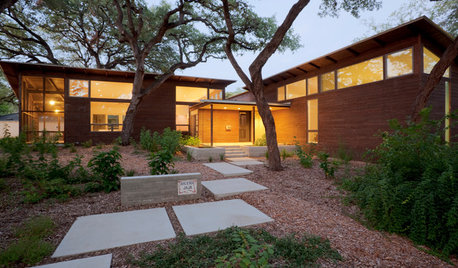The NWS website is showing high to very high fire danger returns to our state on Sun.-Wed. It looks like the humidity will remain too high for Red Flag Fire Warnings to be issued.
I've linked the NWS Enhanced Page below. The Fire Danger Graphic is in the lower right corner and you can click on it to enlarge it.
If you are in the southern counties that have high Keetch Byram Drought Index numbers (see below), fire danger is more of a concern for you than for rest of the state. (Although, of course, grassfires and wildfires can happen any time and anywhere.)
If you have already had a hard freeze (4 hours or more at 28 degrees or less) and your grass/forbs/plant foliage have already turned from green to a dormant, dry, crispy, brown, then high to very high fire danger is more of a concern for you.
The Mesonet Stations reporting the highest KDBI numbers are mostly in southern Oklahoma. They are: Durant (Bryan County) 632, Burneyville (Love County) 577, Madill (Marshall County) 546, Antlers (Pushmataha County) 535, Lane (Atoka County) 517, McAlester (Pittsburgh County) 511, and Ardmore (Carter County) 504. There are some very dry areas near OKC too, including Chandler (Lincoln County) with a KDBI of 537. For what it is worth, I don't usually get real concerned until our KBDI hits 600 (and it is almost there).
As a property owner, wildfire/grassfire is always a concern. If you are a farmer/rancher, it also is an economic concern.
Is wildfire/grassfire an area of concern for gardeners? It can be and should be, but it depends on where you live. If you are in an urban area, it is probably a very minor concern. If you are on acreage in a rural area, it is and should be a very real concern. Once KBDI numbers are high enough, and soil moisture is low enough, compost and living matter (like plant roots, tubers, rhizones, etc.) in the soil can and will burn. That's my biggest concern here in Love County.
If wildfire/grassfire threatens, I am confident our rural volunteer firefighters can save our homes and outbuildings. Our landscapes, though, are very vulnerable because lives (human and animal) and structures are the top priority. If a wildfire were to sweep across my yard and garden, even the compost in the soil could/would likely burn, wiping out all the progress I've made here in ten years of soil amendment.
I plan to be out in the yard today and Monday, cutting down what little tall pasture grass and forb seedheads remain. Keeping grass and brush cut down low will not prevent the spread of fire, but will slow it down.
In mid-November, I'll be out doing the annual fire pruning, trying to prune back all tree branches so that none of them are lower than 8' from the ground. Also, it is in mid-November (after snake season ends) that I begin removing vines that have climbed trees in the woods, because fire climbs those vines up into the tree canopies too.
We've already had several grassfires/wildfires in southern OK in recent weeks that have been difficult to control/stop. It has been worse across the border in drier parts of north Texas near the Red River, where some counties already have burn bans in effect.
And, this week I saw a Keetch Byram Drought Index number I've never seen before.....it was "0", which means the soil is considered fully saturated. (It was at the Webbers Falls mesonet station.) Many of you in northeastern OK, by the way, have ridiculously low (but good) Keetch Byram Drought Index numbers in the double digits. This doesn't mean that wildfire or grassfire won't occur, but only that the ground itself wouldn't burn.
And, I really am not fire-obsessed, but I've seen enough wildfire up close to know we have to take it seriously in rural areas. Now, whenever wildfire is close enough that I can smell the smoke, I just automatically go outside and turn on the sprinklers.....just in case.
Dawn
Here is a link that might be useful: Fire Danger Page













Okiedawn OK Zone 7Original Author
Related Discussions
Very High Fire Danger For Friday and Saturday
Q
Fri. Weather: High Wind, Fire Danger, Very Cold Tonight
Q
Frost , High Fire Danger Return To Forecast
Q
Wed: High Wind,Critical Fire Danger, Snow, Dust
Q